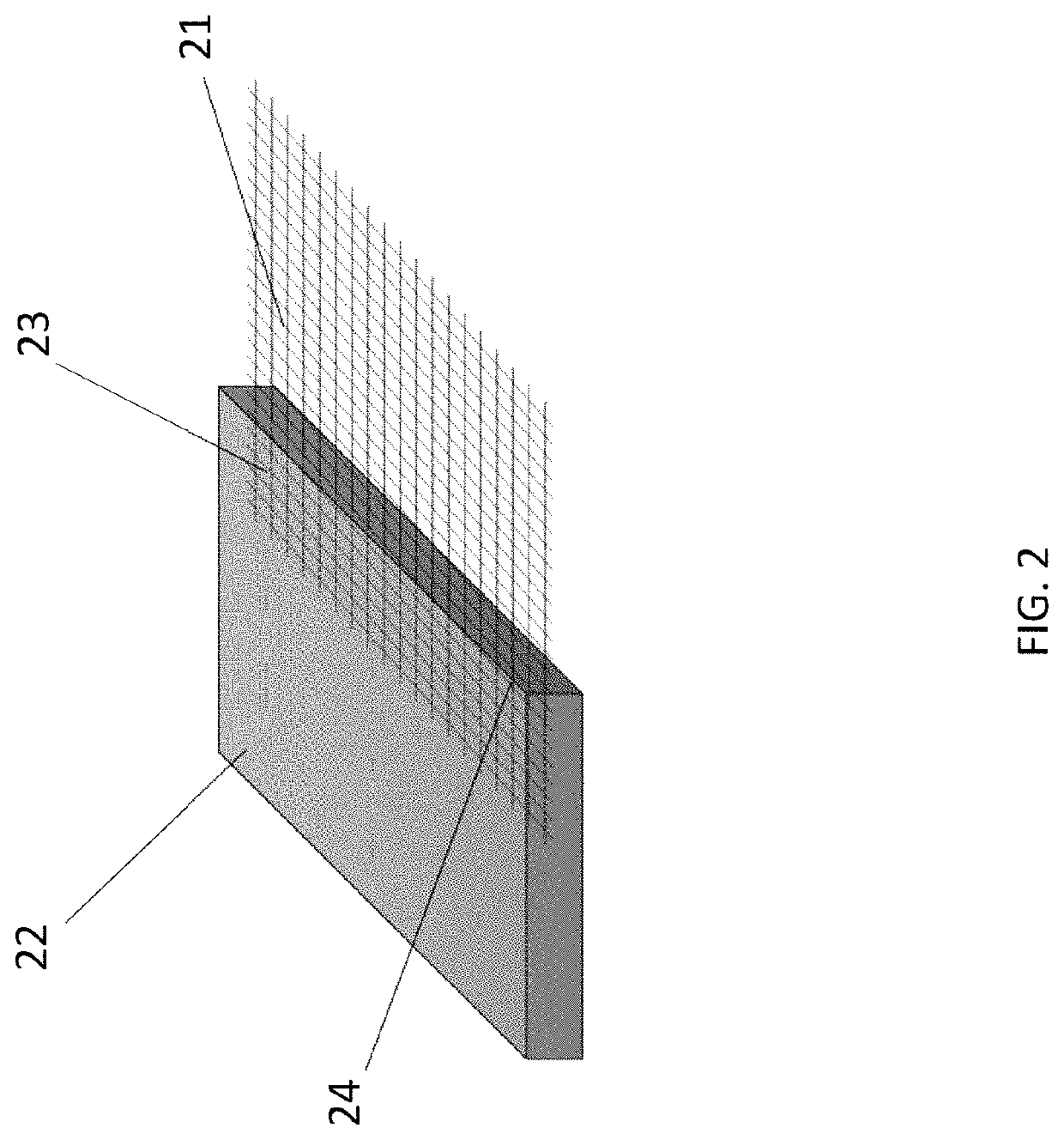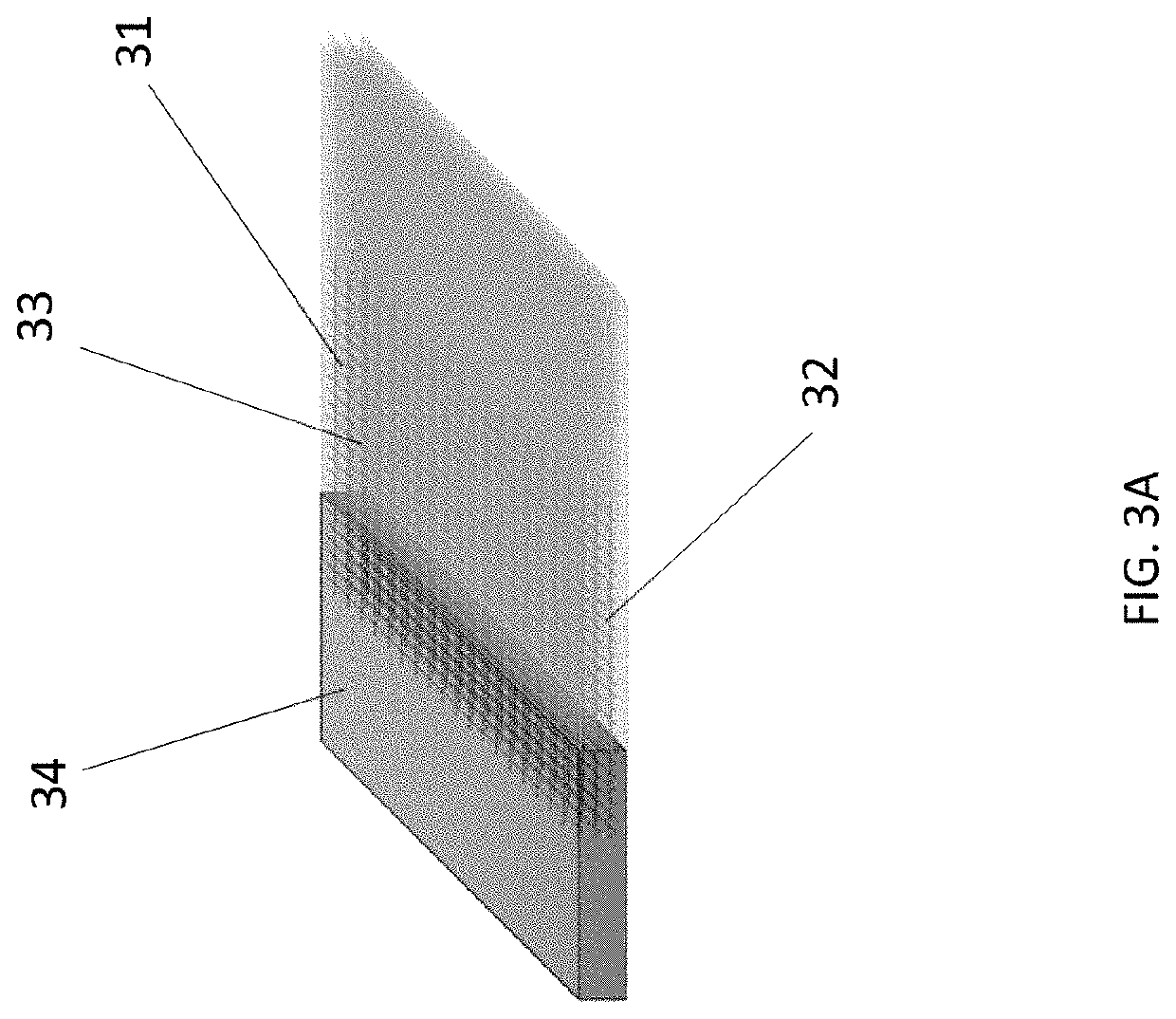Embedded metal transition for joining fiber reinforced polymers and metallic structures
a technology of fiber reinforced polymers and transitions, which is applied in the direction of additive manufacturing, layered products, chemical instruments and processes, etc., can solve the problems of weakening components, fractures and cracks in the matrix as well as the fibers that serve as stress concentrators, and difficult integration into the factory assembly line, so as to inhibit galvanic corrosion
- Summary
- Abstract
- Description
- Claims
- Application Information
AI Technical Summary
Benefits of technology
Problems solved by technology
Method used
Image
Examples
Embodiment Construction
[0016]The present disclosure is directed to a method for making a joint structure comprising a first component having a first CTE and a second component having a second CTE that is different from the first CTE using a third component having a third CTE. According to some aspects, the first component may comprise a metallic component and the second component may comprise a FRP. According to some aspects, the third component may comprise one or more mesh components at least partially embedded within the first component. The present disclosure is also directed to a joint structure comprising the first component, the second component, and the third component as described herein.
[0017]According to some aspects, the first component may comprise a metallic material. Examples of metallic materials according to the present disclosure include, but are not limited to, steel, stainless steel, aluminum, magnesium, titanium, cobalt, beryllium, nickel, columbium, tantalum, tungsten, alloys thereof...
PUM
| Property | Measurement | Unit |
|---|---|---|
| elastic modulus | aaaaa | aaaaa |
| elastic modulus | aaaaa | aaaaa |
| elastic modulus | aaaaa | aaaaa |
Abstract
Description
Claims
Application Information
 Login to View More
Login to View More - R&D
- Intellectual Property
- Life Sciences
- Materials
- Tech Scout
- Unparalleled Data Quality
- Higher Quality Content
- 60% Fewer Hallucinations
Browse by: Latest US Patents, China's latest patents, Technical Efficacy Thesaurus, Application Domain, Technology Topic, Popular Technical Reports.
© 2025 PatSnap. All rights reserved.Legal|Privacy policy|Modern Slavery Act Transparency Statement|Sitemap|About US| Contact US: help@patsnap.com



